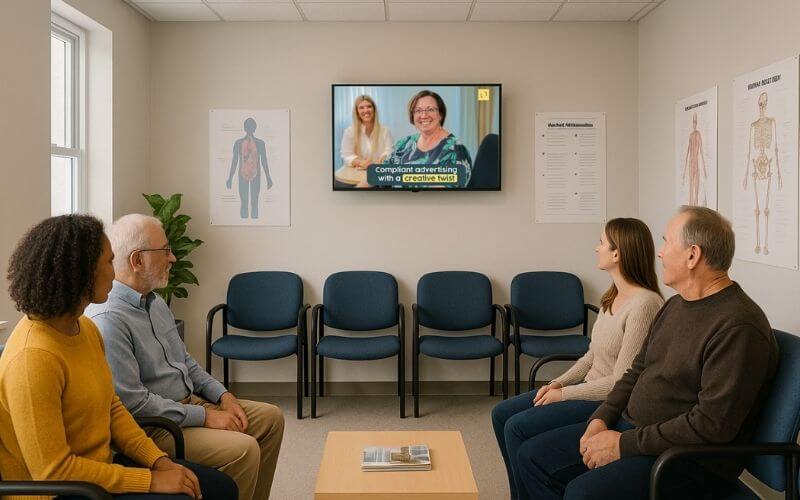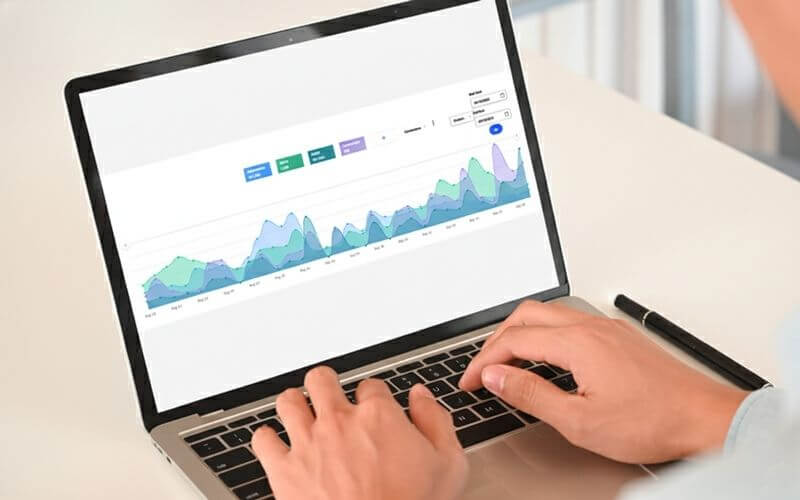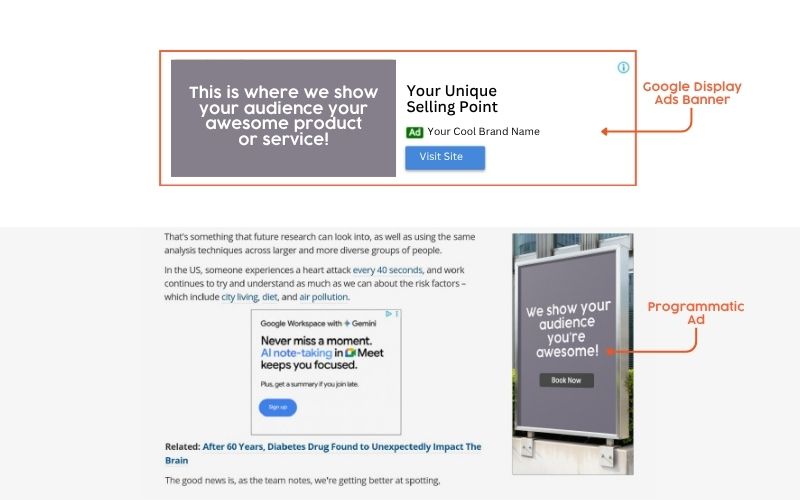Your digital advertising relies on targeting the right audiences using (or inferring) information about their demographics, interests or likely health status.
In January 2025, Meta introduced a significant policy update restricting the use of health-related user data for advertising purposes across its platforms, including Facebook and Instagram. This marks a pivotal moment for healthcare marketers, requiring immediate adaptation to ensure compliance while maintaining effective outreach.
This article explains the developments and how Splice Marketing will adapt to this ever-changing space to help you achieve your marketing objectives.
What’s changing?
Meta’s updated policy limits advertisers from leveraging health-related user data to track and optimise their campaigns. This policy groups healthcare organisations into broad categories like “health & wellness”, with further subcategories such as “provider” or “patient portal”, based on the source of shared data. Accounts under the ‘patient portal’ categorisation face the most restrictions with a complete stop to data tracking.
For healthcare provider accounts, these data-sharing restrictions will affect lower-funnel conversion events such as schedules/appointment bookings, purchases etc. and will be less restrictive on custom events as the onus then falls on the owner of the account to comply with these policies.
Healthcare organisations with an e-commerce component, such as selling products online, may face additional restrictions, especially if sharing data from post-purchase events.
Why does this matter?
These changes significantly impact how healthcare businesses market their services and products. Here are a few limitations:
- Increased restrictions on key campaign events
Lower-funnel events, such as appointment scheduling or purchases, which are critical for healthcare providers and ecommerce brands, may face restrictions that reduce campaign efficiency. Custom events can provide opportunities to maintain accurate reporting, however, these can not be used to influence audience targeting.
- Higher compliance burden on advertisers
Meta is shifting responsibility to advertisers to ensure that no sensitive information is shared through custom events. Advertisers must review and confirm the compliance of their data-sharing practices before using these tools.
- Differentiated restrictions based on categorisation
Organisations classified under “patient portal” will face the strictest limitations, potentially losing access to custom events and certain optimisation capabilities. Broader healthcare providers, such as general wellness sites, have more flexibility but still need to adapt to these changes.
- Gradual decline in ad performance
While the restrictions may not take effect immediately for all accounts, some ad accounts will see declining performance over time and the absence of campaign reporting. As Meta communicates any changes to the affected ad accounts, we will take proactive steps to minimise any disruptions to campaign performance.
- Retargeting capabilities
Reduced tracking will limit any retargeting strategies as past website visitors can no longer be segmented into audience lists if health conditions are discussed on your site.
- Broader targeting strategies
With the restriction of lower-funnel events, healthcare advertisers will need to rely on broader targeting methods, such as utilising website page views or general audience segments. While this approach ensures compliance, it may reduce the precision of targeting, potentially leading to higher ad spend and a lower return on investment (ROI) due to the inability to focus on high-intent users effectively.
The urgency of adapting now
Meta’s restrictions are already in effect, meaning healthcare advertisers must act promptly to align campaigns with the new rules. While these changes ensure better privacy protection for users, they also demand a strategic pivot to avoid disapprovals, reduced campaign performance, or even account suspension.
How reporting and insights may change
With these changes, the way your campaigns are reported will evolve. Meta’s restrictions mean less granular data on individual user behaviour, but we’ll ensure your reporting remains actionable. Our custom-tracking events and alternative targeting strategies will still provide a clear picture of campaign performance, including metrics on reach, engagement, and conversions.
How we will support your success under Meta’s new data rules
At Splice Marketing, we’re committed to ensuring your healthcare advertising continues to deliver results, even as Meta’s new data-sharing restrictions reshape the landscape.
Here’s how we’ll adapt your strategy to ensure compliance while maintaining effectiveness:
- Shift to upper-funnel objectives
With lower-funnel events restricted, businesses must optimise for upper-funnel objectives such as traffic, engagement, or landing page views. This shift will require a focus on building strong customer journeys that nurture potential customers toward conversion.
- Strengthen first-party data collection
Collecting and leveraging first-party data is now more critical than ever. Encourage website visitors to share their contact details through gated content, newsletters, or offers. For lead-generation brands, invest in high-quality landing pages designed to capture detailed information while providing valuable content.
- Utilise third-party analytics
While custom events will be tested to maintain accurate reporting, platforms like Google Analytics will still provide additional insights into how users engage with your site and move through your sales funnel.
- Enhance creative strategies
With restrictions on tracking and targeting, the quality of your creative assets becomes even more important. Focus on storytelling, such as our Awareness – Omnipresent Campaigns, that can resonate emotionally with your audience, particularly for brands generating leads for high-consideration purchases like medical devices, or high-value procedures or treatments.
- Diversify your advertising channels
Consider expanding your advertising efforts to include platforms like Google Ads, TikTok, LinkedIn, or Pinterest. Each platform offers unique targeting options that can complement your Meta campaigns and reduce your reliance on a single channel.
- Review your Meta-categorisation
Proactively monitor how Meta classifies your business. If you believe your brand has been miscategorised between a ‘health and wellness provider’ and ‘health and wellness patient portal’, request a review promptly to avoid unnecessary restrictions.
Splice Marketing has weathered many social media changes over the last 7 years. In line with our agile approach to marketing, we will adapt to Meta’s new policies using insightful strategies to deliver the best results possible for our clients.
Here’s to your continued success!
Sources (Note: most data is being derived from American sites)







